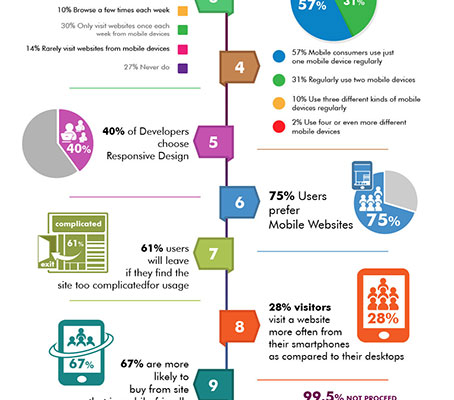In the past, websites were straightforward and focused on details. Navigation was straight, and design was for desktop computers. Now, individual experience is vital. Data guides styles for simple navigating. https://wordpressseopluginsreview17284.theobloggers.com/35992558/improve-your-digital-impact-with-cutting-edge-web-design-solutions fit various tools. Today, dark setting minimizes pressure, and minimalist food selections enhance navigating. Interactive functions involve individuals, and bold visuals stand apart. AI integration improves interaction. See how style has actually evolved to boost your on the internet trip.
Very Early Days of Website Design
In the early days of website design, simplicity reigned supreme. Websites were basic, with restricted shades, typefaces, and designs. The focus was on offering details as opposed to fancy visuals. Users accessed the web through slow-moving dial-up connections, so rate and functionality were crucial.
Navigation food selections were straightforward, commonly situated at the top or side of the page. Sites were designed for desktop, as mobile surfing had not been yet prevalent. Web content was king, and developers focused on easy readability over complex style elements.
HTML was the primary coding language utilized, and designers needed to function within its constraints. Computer animations and interactive functions were very little contrasted to today's requirements. look at here were fixed, with little vibrant web content or personalized customer experiences.
Surge of User-Focused Style
With the evolution of internet site design, a shift in the direction of user-focused layout principles has actually come to be progressively prominent. Today, developing internet sites that prioritize user experience is essential for involving site visitors and accomplishing company objectives. User-focused layout involves recognizing the requirements, choices, and habits of your target market to tailor the website's format, material, and includes accordingly.
Designers now carry out detailed study, such as individual studies and functionality screening, to collect understandings and comments directly from individuals. This data-driven strategy aids in developing user-friendly navigating, clear calls-to-action, and aesthetically enticing interfaces that resonate with visitors. By putting the individual at the center of the design process, web sites can deliver a much more tailored and pleasurable experience.
Receptive style has actually likewise emerged as an essential facet of user-focused design, making certain that web sites are optimized for numerous devices and screen sizes. This adaptability enhances availability and usability, catering to the varied ways customers communicate with web sites today. Basically, the rise of user-focused layout represents a shift in the direction of creating digital experiences that prioritize the demands and assumptions of completion customer.
Modern Trends in Web Design
Check out the current patterns shaping website design today. One famous trend is dark setting design, supplying a smooth and modern look while decreasing eye stress in low-light environments. One more vital pattern is minimal navigating, simplifying food selections and enhancing individual experience by focusing on essential elements. Including micro-interactions, such as animated buttons or scrolling effects, can produce an extra engaging and interactive web site. Receptive style continues to be vital, ensuring seamless user experiences across various gadgets. Additionally, making use of vibrant typography and unbalanced formats can add visual interest and accentuate certain content.
Integrating AI innovation, like chatbots for customer assistance or customized suggestions, enhances user engagement and improves processes. Access has additionally come to be a substantial fad, with designers prioritizing inclusive style practices to accommodate diverse user demands. Embracing sustainability by optimizing internet site performance for rate and performance is an additional emerging trend in web design. Collaborating with customer responses and information analytics to iterate and improve layout continuously is vital for staying relevant in the ever-evolving electronic landscape. By accepting these contemporary trends, you can develop a visually enticing, user-friendly internet site that resonates with your audience.
Final thought
As you reflect on the evolution of web site layout from the very early days to currently, you can see just how user-focused layout has actually come to be the driving force behind modern trends.
Embrace the journey of change and adjustment in website design, always keeping the user experience at the leading edge.
Remain current with the current fads and technologies, and never stop evolving your approach to develop aesthetically stunning and easy to use sites.
Progress, adjust, and create - the future of website design is in your hands.
